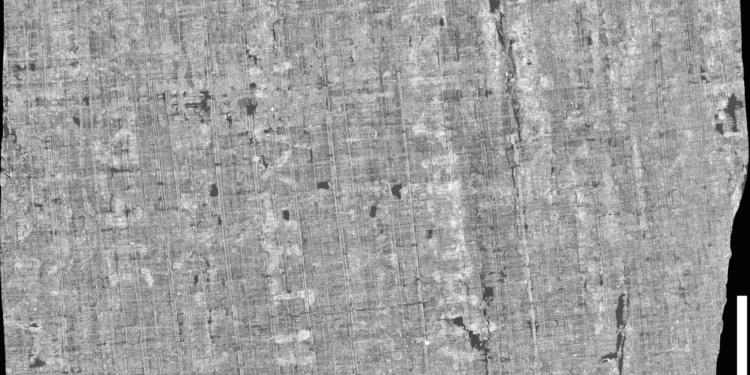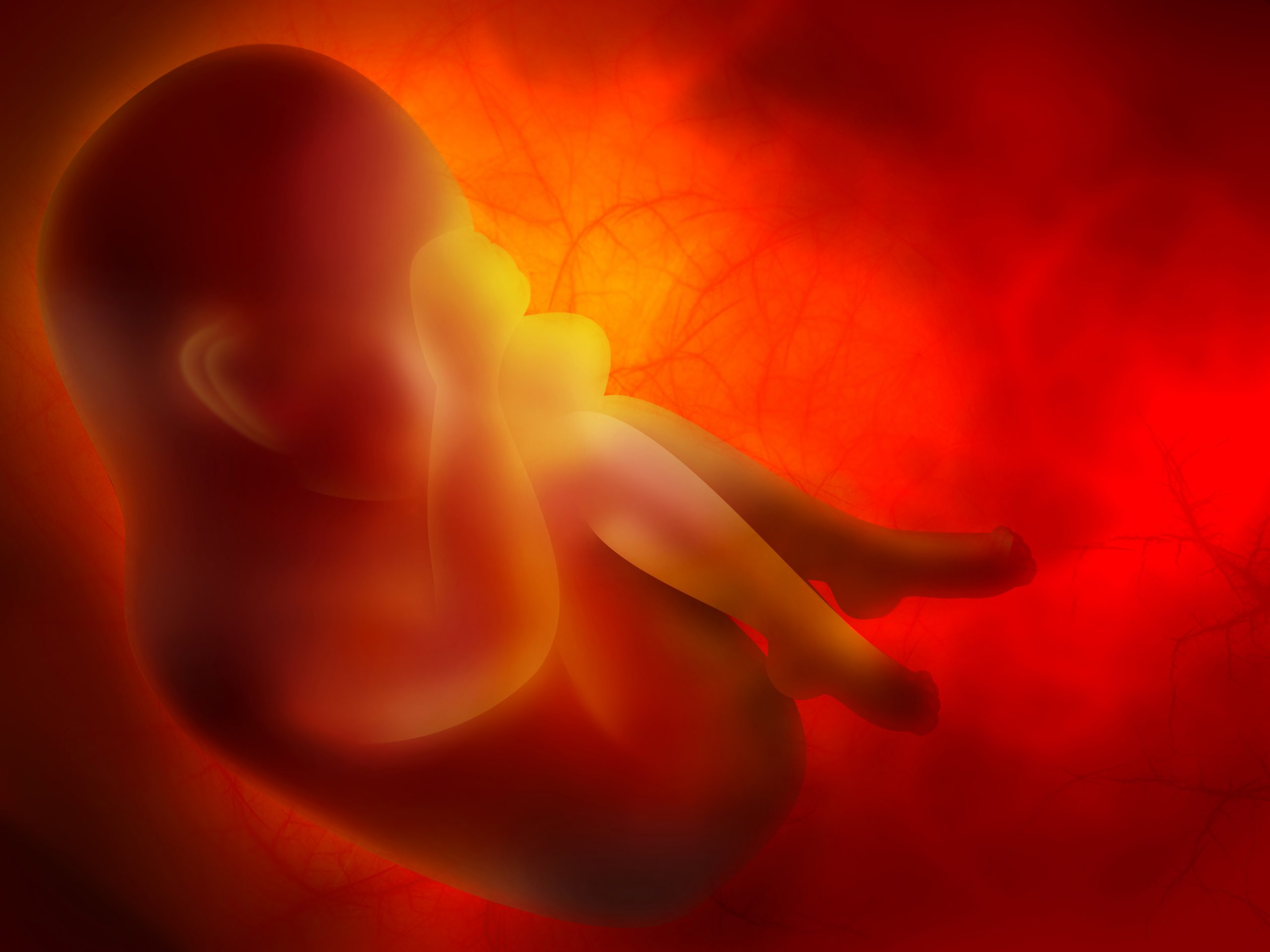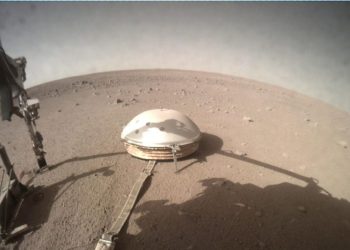For the first time in nearly two millennia, an ancient scroll from Herculaneum has been digitally unveiled, revealing text that was once thought to be lost forever beneath layers of volcanic ash. Using cutting-edge AI and high-resolution X-ray scans, researchers have managed to peer inside the fragile, carbonized manuscript without physically unrolling it—marking a major breakthrough in the study of ancient texts.
Cracking the Code of a Lost Library
The discovery is part of the Vesuvius Challenge, an ambitious initiative launched in 2023 to decipher the Herculaneum scrolls, which were buried in the catastrophic eruption of Mount Vesuvius in 79 CE. Unlike traditional archaeological methods, this effort has harnessed the power of artificial intelligence and digital imaging to reconstruct the contents of these delicate papyri without risking damage.
Earlier this year, a group of researchers working with the Bodleian Libraries at the University of Oxford successfully rendered the first clear digital image of one of these scrolls, allowing scholars to begin interpreting its text. The image reveals multiple columns of Ancient Greek script, offering a rare glimpse into the thoughts and writings of a civilization frozen in time.
A Glimpse Into the Ancient Mind
One of the earliest translated words from the scroll is διατροπή, which translates to “disgust” in English. This word appears twice in the recovered sections, sparking curiosity about the context in which it was used. Could this text be a philosophical treatise, a political discourse, or even a lost literary work?
While the AI-powered segmentation process has successfully identified ink patterns within the scroll, full transcription remains in the hands of human scholars. The machine learning tools currently in use are designed to detect text but are not yet capable of deciphering entire sentences.
How AI and X-Rays Are Unlocking the Past
The breakthrough was made possible by scanning the scroll at the Diamond Light Source, the UK’s national synchrotron science facility, in July 2024. The high-energy X-ray scans allowed researchers to see beneath the layers of carbonized papyrus, while advanced machine learning techniques pieced together fragmented text.
Interestingly, this particular scroll stands out because its ink is more visible in X-ray imaging than others. Some experts believe this increased legibility may be due to contaminants such as lead in the ink, though further analysis is needed to confirm this theory.
The Future of Digital Archaeology
The work is far from over. Scientists and classicists continue to refine their digital reconstruction techniques, hoping to eventually read entire texts without physically manipulating the scrolls. At the heart of this effort is the inner core of the scroll, where scholars expect to find a colophon—a concluding statement that may reveal the work’s title and authorship.
Dr. Brent Seales, co-founder of the Vesuvius Challenge and Principal Investigator at EduceLab, emphasized the significance of the find:
“This scroll contains more recoverable text than we have ever seen in a scanned Herculaneum scroll. Despite these exciting results, much work remains to improve our software methods so that we can read the entirety of this and the other Herculaneum scrolls.”
As research continues, historians and technologists are working together to ensure that more lost writings from the ancient world can be rediscovered. The implications of this breakthrough extend far beyond archaeology—this technology could one day be applied to other fragile historical documents, unlocking knowledge long thought to be beyond reach. So, as you can see, even though many people are afraid of the potential danger of AI and its applications, it can produce a lot of good.











